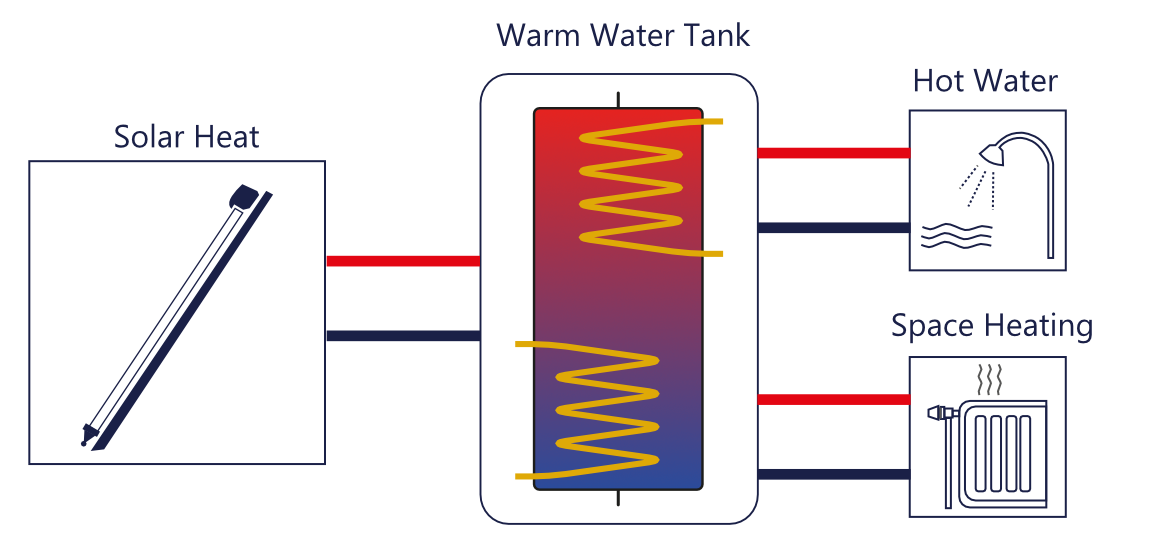Energy Efficiency in Buildings
Project goal
The progressive integration of renewable energies – especially solar energy – into current and future energy systems is becoming increasingly important. It is possible to combine solar heat and solar radiation with additional heating in order to provide energy for space heating and water heating. These so-called solar combination systems are able to reduce the costs for heating and hot water. However, these are quite complex systems, especially to monitor proper functioning and to guarantee a certain level of performance. The state estimation and prediction of the future energy consumption of the user could help to ensure the level of performance and thus to increase user confidence in such systems.

The aim of the project was to identify a mathematical model of a building, which takes into account weather conditions such as solar radiation, indoor and outdoor temperature and the energy provided by a heating system. This model can be used to accurately and reliably predict the internal temperature at a specific heating level.
Another aim was to identify the user’s tapping behavior in order to always be able to guarantee the immediate availability of hot water, i.e. without long preheating times. This increases the user comfort.
Development approach
In a first step, a data-driven model was trained on the basis of the recorded hot water tap events. The hot water time program including the required volume is then adjusted based on the profile learned. If enough training data is available, user behavior can be learned using the data-driven approach. In this way, the preheating time can be optimized to ensure that the user receives hot water immediately without having to wait long.
The energy costs of space heating can be further reduced using a mathematical model to predict room temperature. The model has various input signals such as the forecast of meteorological data (outside temperature and radiation) and the heating output of the space heater. A room temperature model can be trained based on these input signals and the measured room temperature. This model can then be used to design a model-based predictor (MPC), which controls all control values of the hot water storage tank in an optimized way, provides energy at the right time, while the user comfort remains unchanged and the energy costs are reduced.
Predicting future energy demand and solar yield could help reduce costs and thereby increase user confidence in purchasing a solar combi system. In addition, the solar yield can be simulated and compared with the actual values in order to automatically detect incorrect behavior, so-called anomalies, of the heating system.


